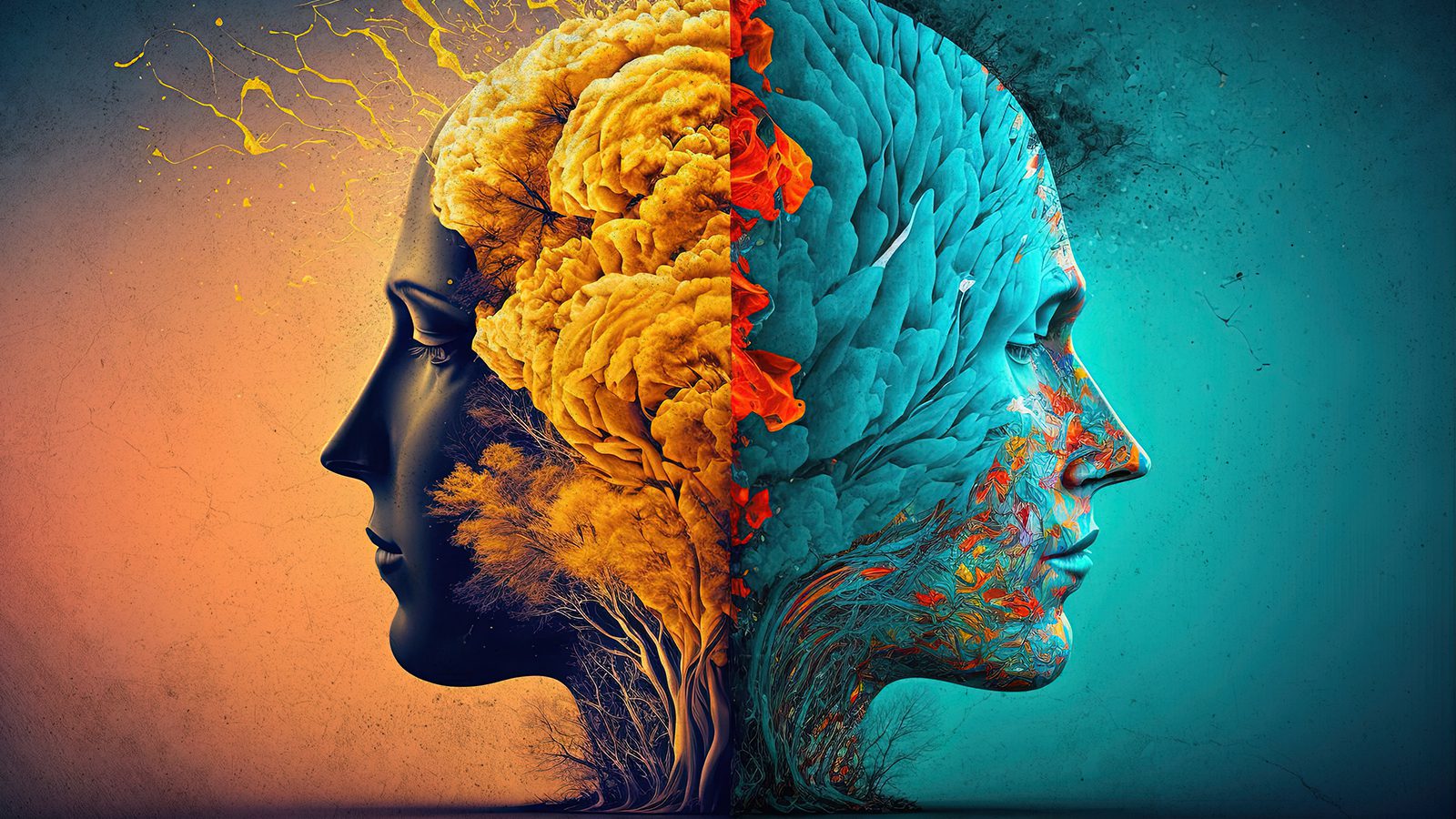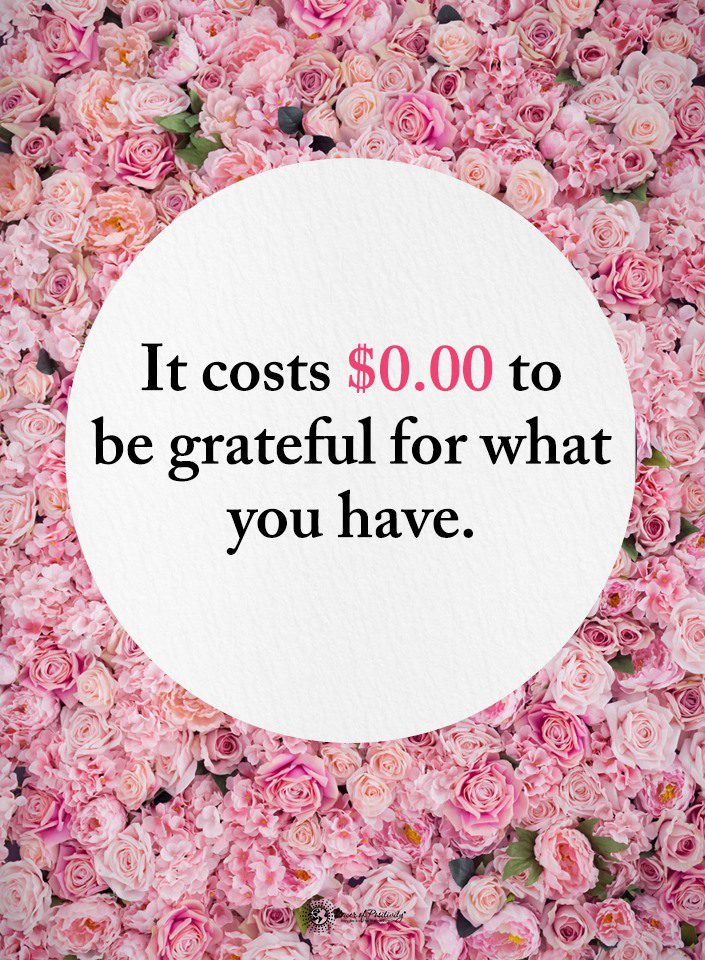Researchers explain why empathetic people are often creative – and vice versa
New research suggests that a previously unnamed type of empathy may exist – creative empathy.
An article from PsyPost discusses a series of studies published in the Creativity Research Journal exploring the relationship between being empathetic and creative. It suggests that these are interconnected facets of human cognition and emotion. The researchers introduce the concept of “creative empathy,” which is an appropriate and novel representation of another person’s mental state.
Here’s a detailed breakdown:
Creative Empathy: A Relatively New Concept
What is creative empathy? The term involves creating a relevant, appropriate, and new mental representation of someone else’s emotional and mental state.
The researchers argue that traditional psychological research has often neglected the various paths people might take to understand others’ minds. They also noted that empathizing involves an open-ended and creative process of constructing mental states and responses.
Studies and Findings on Creative Empathy
Here are the key points that the researchers discovered:
Study 1 & 2: Creativity Instructions and Empathic Responses
The objective of the first studies was to explore the impact of creativity instructions on empathic responses.
The research team asked study participants to explain the perceived mental states of faces displaying emotions under different instructions. The three categories included creative, accurate, and control.
Participants under the creative condition produced more creative responses, indicating they could enhance creativity within an empathic context through specific instructions.
Study 3 & 4: Empathic Divergent Thinking Task
The objective of the following two studies was to explore creativity and empathy using a different measure.
Participants viewed various short clips of negative experiences. Then, researchers instructed them to generate responses reflecting the thoughts and feelings of the individuals in each of those scenarios.
What they found was a strong correlation between creative thinking and empathy. Creativity instructions increased creativity scores, and empathetic instructions also increased creativity scores. However, the highest creativity scores were linked to lower empathic concern and helping intentions.
Key Insights and Implications of Studying Creative Empathy
Let’s use this research to consider some potential implications of the findings:
Mutual Enhancement Is at Play Between Creativity and Empathy
- Synergy: The interaction between creativity and being empathetic can create a synergy. In it, each domain potentially amplifies the other. As a result, each may lead to enriched empathic responses and innovative creations.
- Shared Cognitive and Emotional Processes: Both creativity and empathy involve cognitive and emotional processes that share common neural and psychological mechanisms, such as perspective-taking, imaginative thinking, and emotional resonance.
We Could Apply This Information for Solving an Array of Problems
- Problem Solving: The interconnectedness of creativity and an empathetic response can be a part of problem-solving. As the studies imply, empathic understanding informs creative solutions, and creative thinking enhances empathic understanding.
- Artistic and Therapeutic Domains: In areas like art and therapy, the blend of creativity and empathy can lead to profound expressions and interventions that resonate deeply emotionally.
There Is a Complex Relationship Between Creative Thinking and Empathy
- Variable Dynamics: Depending on the context, empathy and creativity may complement or inhibit each other. That means they have a nuanced and dynamic relationship.
- It’s a Balancing Act: Navigating the balance between imaginative exploration (creativity) and attuned understanding (empathy) may require conscious effort and skill.
Potential Conflicts Between Creativity and Empathy
- Distraction vs. Insight: Creative thinking might offer novel insights into empathic understanding. However, it might also serve as a distraction. In fact, it can divert attention from the emotional state of the individual involved.
Real-world Implications of Creative Empathy
What could this interconnectedness of these two concepts mean when applied in the real world?
Practical Outcomes
- Social and Interpersonal Impact: Creative empathy might influence social and interpersonal interactions, potentially leading to enriched but misaligned understandings of others’ emotional states.
- Decision Making: Applying creative empathy in decision-making contexts might introduce innovative solutions while posing risks of misinterpretation.
Ethical Considerations
- Accuracy vs. Innovation: Ensuring that the creative aspect of empathy does not compromise the accuracy and authenticity of empathic responses is crucial to ethical interpersonal engagements.
Creative Empathy and Emotional Well-being
- Emotional Harmony: Creative empathy is a conduit through which individuals explore their emotional worlds. It could be where humans establish a harmonious balance between understanding and expressing emotions. Thus, they may build emotional stability.
- Connecting the Self to Others: The practice of empathizing creatively not only facilitates a more profound, imaginative connection with one’s emotional states but also extends this understanding toward others, creating a stable emotional environment that is both reflective and outward-looking.
- Building Emotional Sancutaries: Creative empathy enables individuals to construct emotional sanctuaries, where emotions are experienced and creatively explored and expressed, providing a safe haven amidst emotional tumult.
- Nuanced Expression: The intertwining of creativity and empathy allows for a nuanced expression and understanding of emotions, offering a rich, multifaceted exploration of emotional states that contribute to stability and well-being.
Future Research Directions in Creative Empathy
What are some potential outcomes of further studies?
- Research should explore the various outcomes of employing creative empathy in different contexts. It should identify where it enhances or hinders empathic accuracy and interpersonal relationships. We should seek an understanding of this novel idea’s positives and negatives.
- Investigating how creative empathy manifests and influences interactions across various populations and cultures can offer insights into its universality and variability.
- Researchers must find a tool to measure creative empathy. Developing and refining tools and methodologies to accurately measure and analyze creativity and empathic responses will advance research in this domain.
- Employing experimental designs that manipulate and measure creativity and empathy in various contexts will provide deeper insights into their interaction and impact.
Exploring this concept opens up a rich field of study, offering insights into the intricate and multifaceted ways creativity and empathy interact and influence human cognition and interaction. This exploration invites further research and practical applications that navigate the delicate balance between imaginative thinking and empathic understanding.
Final Thoughts on Creative Empathy
The research shows how being empathetic and creative can interact and potentially enhance each other. However, their relationship is not always straightforward.
The new concept of creative empathy opens up new avenues for exploring how people understand and engage with the mental and emotional states of others. It also implies potential implications for social interactions, fiction writing, and potentially reducing biases.
















 Community
Community

